Here’s what the Choka poetry form is:
The Japanese choka (literally “long poem”) is a form of poetry that utilizes an alternating syllable structure (5-7-5-7, etc.).
The length of the poem is indefinite, with each couplet usually being designed to be self-contained.
They tend to end with a final isosyllabic couplet that has a 7-7 syllable structure.
So if you want to learn all about the Choka poetry type, then you’ve come to the right place.
Let’s get started!
- Somonka Poetry Form: Enchant With Love Notes
- Katuata Poetry Form: Sear Hearts With Verse
- Kuota Poetry Form: Etch Shared Stories
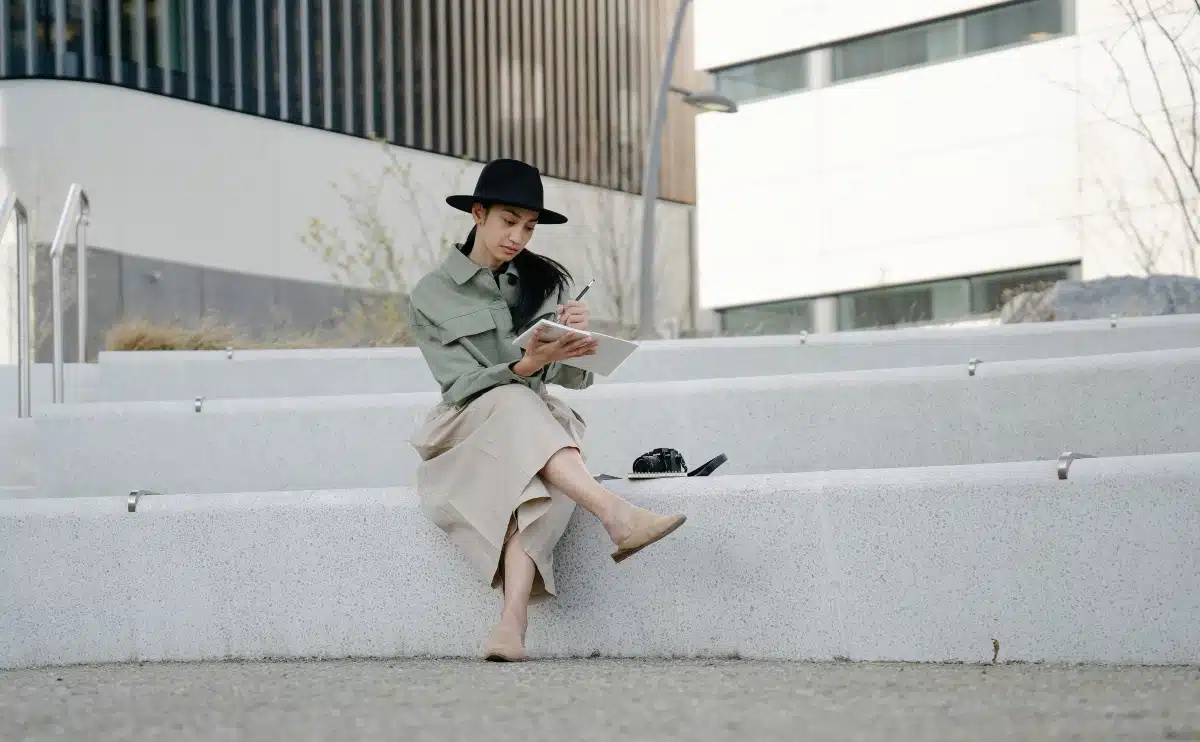
Forms of Poetry: Choka
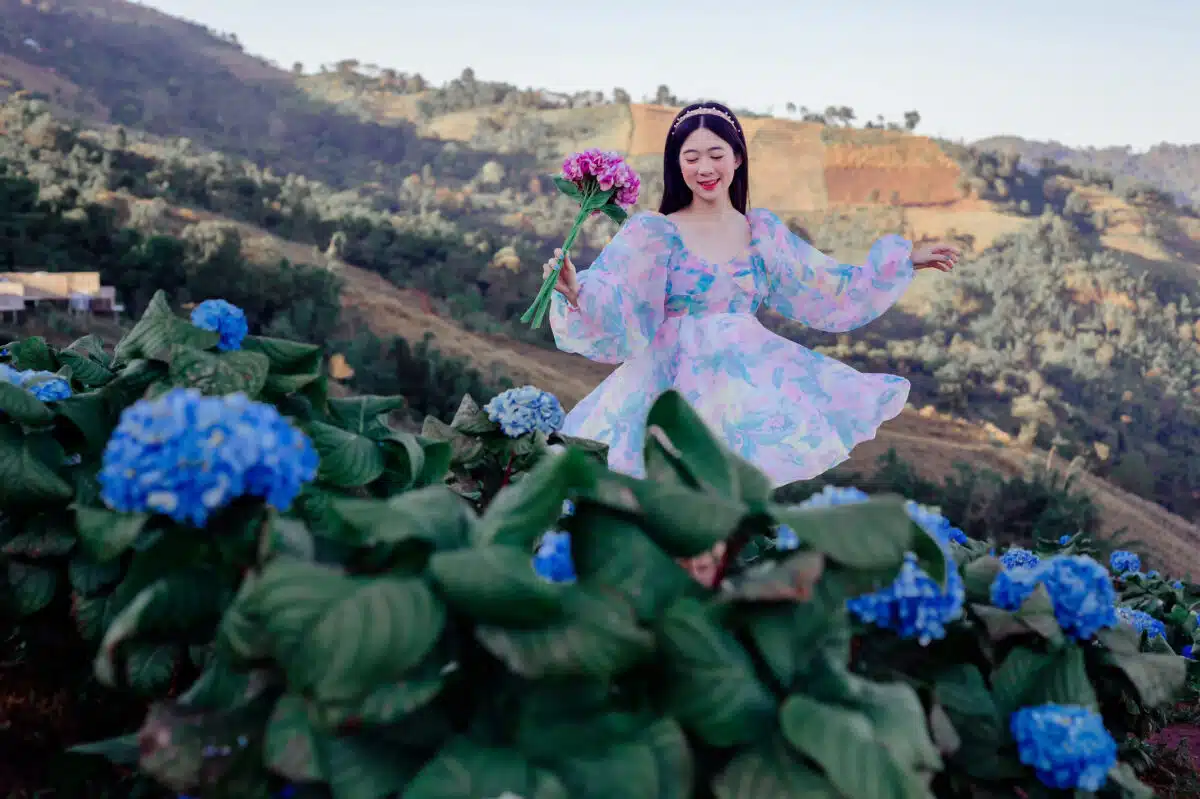
Choka (literally “long poem”) are Japanese poems consisting of alternating shorter and longer lines (five and seven syllables, respectively).
Like many Japanese poems, they have a close relationship with a variety of interrelated forms that all branched off of each other at various points in Japanese history.
Of note, tanka (literally “short poem”) are actually derived from choka.
They are functionally just very short choka, consisting of just five lines in what is otherwise the choka form.
Both forms can be compared to the more popular haiku.
Basic Properties of Choka
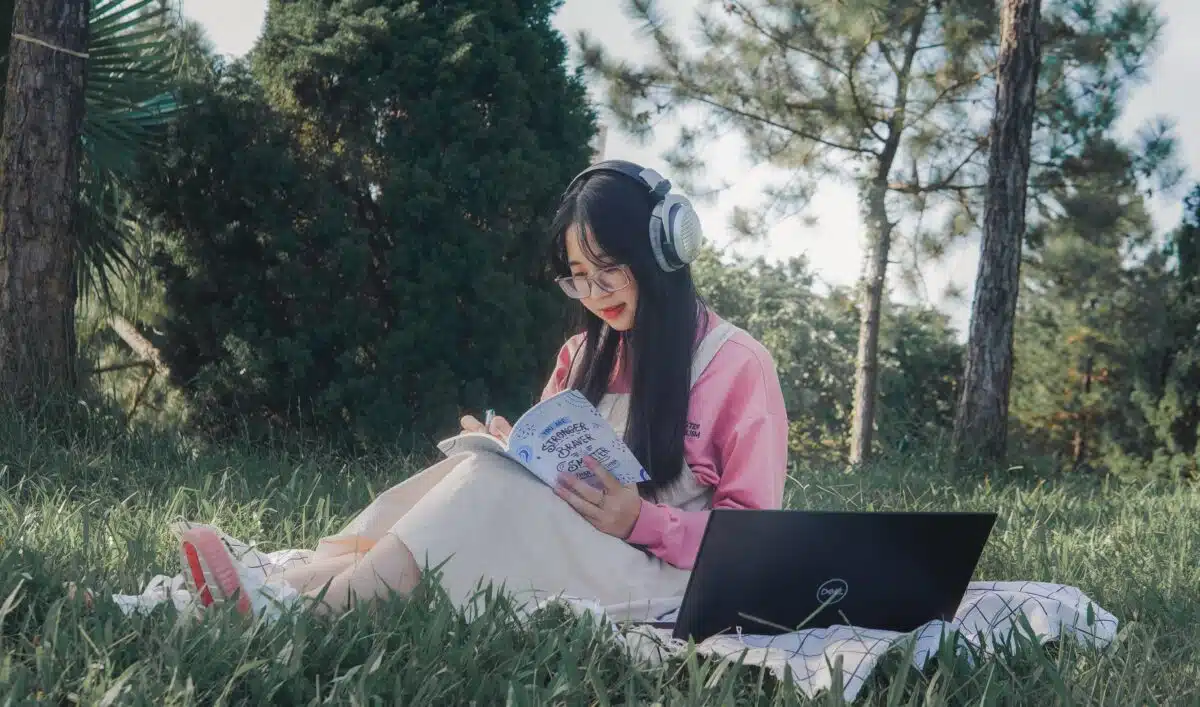
| Rhyme Structure | No |
| Meter | No |
| Origin | Japan |
| Popularity | A traditional Japanese form; rarely seen outside of Japan |
| Theme | Varies; can include romance, nature, personal expression, etc. |
How Are Choka Structured?

From an English perspective, choka are sort of like a “really long haiku.”
They consist of alternating lines of five and seven syllables.
Each set of lines is usually a self-contained couplet and the themes of choka are often romantic, though they can be about any of the traditionally ‘beautiful’ themes, such as nature and expression.
These poems traditionally end in a final isosyllabic couplet of seven and seven lines, but this last couplet is considered optional by many scholars.
Note that this couplet is mandatory in the shorter tanka form.
Choka are not necessarily all written by one writer.
Japan’s history with collaborative poetry is well known, and as such it’s only natural that choka would end up being one of many vehicles for this practice.
In particular, lovers could exchange choka as a form of love letter.
Their similarity to other forms isn’t especially surprising since so many Japanese poem forms share their origins, being part of a complex network and they are ultimately like one big family of forms.
It’s sometimes hard to even differentiate where one form ends and another begins, especially since there is some historical precedent for forms being formally named or renamed.
Choka are not tied down to cutting words or seasonal themes, for those mentally comparing them to haiku.
Like with most Japanese forms, our traditional concepts of meter and rhyme scheme don’t apply here.
Example of Choka

seashells on the sand
command attention from kids
gathering them fast
to show them off to parents
splashing through water
snatch, snatch, turn around, and look
one big and one small
and several too broken
and still we chase them
sand dollars, conches, clamshells
all trying to find
the best and biggest trophy
to prove that we tried
and that we were here today
jar of seashells on the shelf
memories of where we’ve been
The above poem is an example of a choka written entirely in English.
In this case the poem was stylized as uncapitalized and with minimal punctuation, but it’s important to remember that this is purely a stylistic choice.
The ‘norm’ for how the form should be westernized hasn’t really been established yet and is still flexible.
Note that each couplet is essentially its own thought.
There is some enjambment between couplets (particularly where line eight bleeds into line nine) but ideally a choka should be written so that it would still make sense if you divided each pair of lines with white space or a caesura.
The isosyllabic couplet at the end is particularly worth pausing to recognize on this poem, since it was purposely written to be somewhat conclusive, acting similar in some sense to the couplets in English sonnets.
This sets it apart from the more fragmented thoughts of the preceding lines.
Tips for Writing Choka
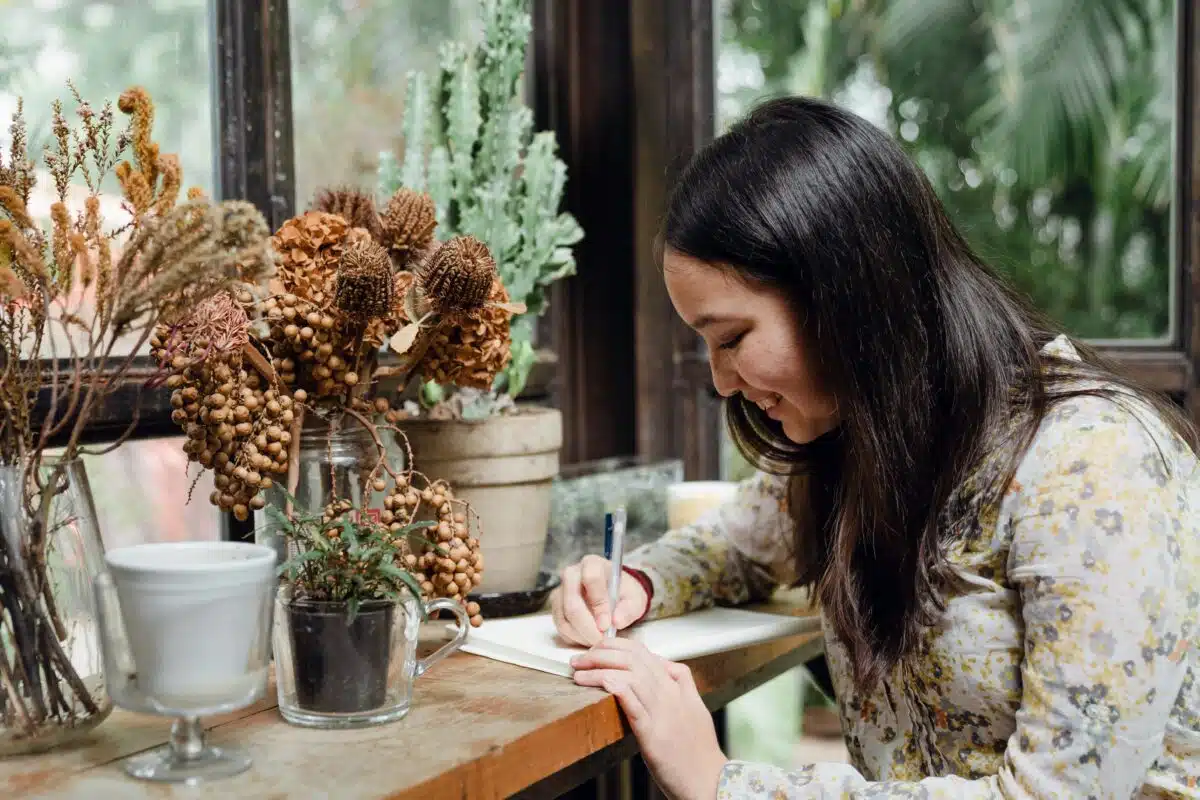
When writing choka, it may be wise to focus on imagery.
Japanese poetry has a long history of being preoccupied with imagery, and especially with a cultural love for nature.
As such, flashing images of beautiful vistas and snapshot moments will go a long way toward making your choka feel authentic.
One advantage that choka has over the more popular haiku that has taken over western poetry is that it offers enough room to write about anything and everything.
You could safely write your mother’s life story in a choka if you wanted to, though it would be quite long.
This is because choka do not have a natural and expected stopping point.
They simply keep going until they have nothing left to say.
Of course, you should endeavor to have the length of your poem be appropriate to the topic of the poem, but don’t stress out over forcing it to stop.
It will end when you yourself run out of steam.
When you do get to that stopping point, try to pause and think about why the poem was important for a moment.
What was it that the poem ended up trying to capture?
For my own example, it ended up being the importance of those days spent gathering seashells and a sense of how beautiful the futility of collecting them was.
Base your final line on some crystallized form of what it was that your poem felt like it was trying to say, or else conclude the plot in a narrative poem in some decisive way.
Remember that the final couplet, if you choose to include it, is an ending and would be stronger if it feels like an ending.
Poet’s Note
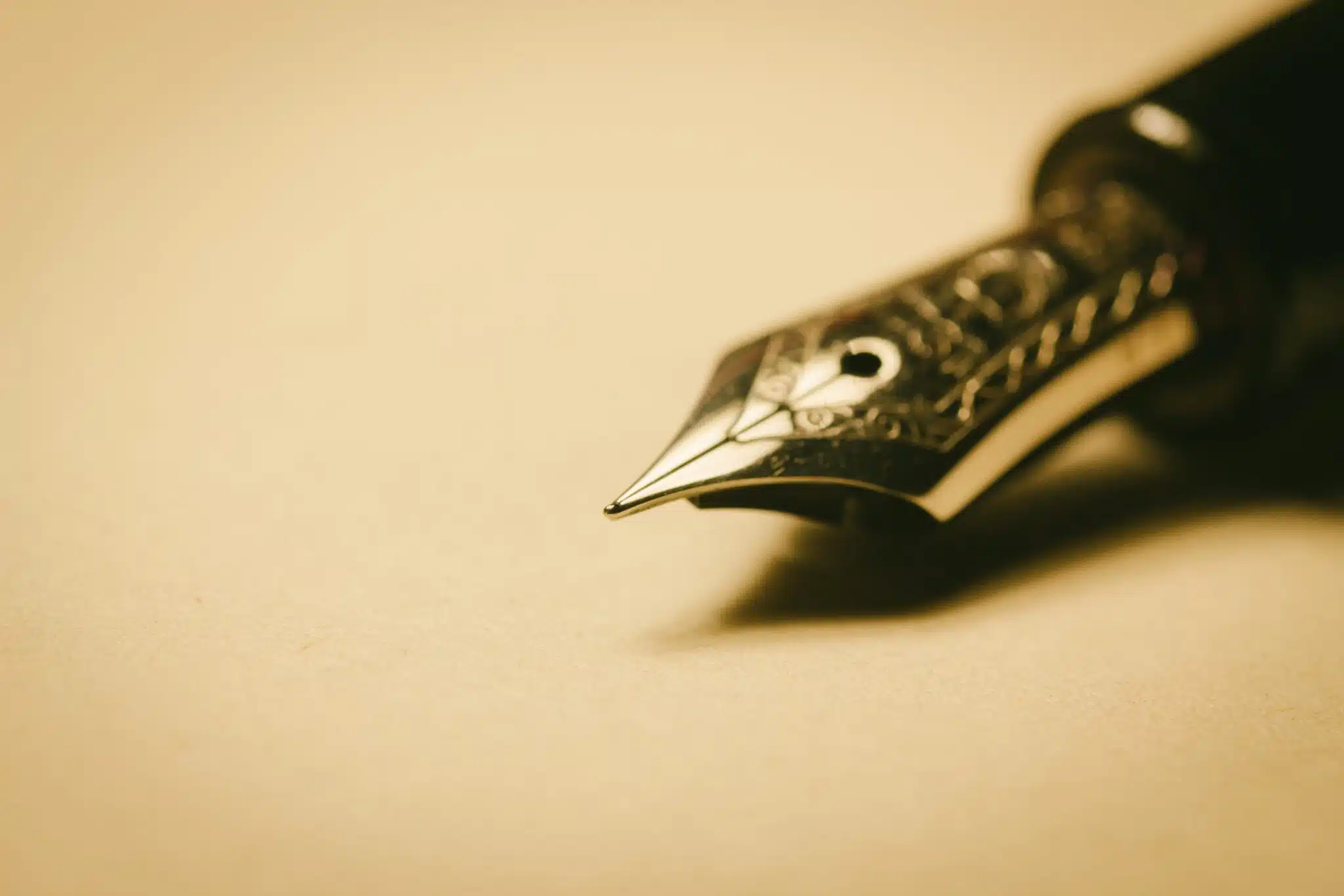
Japanese forms tend to feel refreshing.
Western forms are often bogged down by an attempt to be hard to replicate, purposely designed to not be even remotely user-friendly as a way to be hostile to writers who are not ‘of elite stock,’ but Japanese forms are free from all that nonsense.
They’re just poems, with relatively simplistic standards of beauty, and that’s what makes them feel so endearing and sincere.
Comprehensive Collection of Poetry Forms: Craft Words Into Art

Dare to traverse the entire spectrum of poetic forms, from the commonplace to the extraordinary?
Venture from the quintessential Sonnet to the elusive Mistress Bradstreet stanza, right through to the daunting complexity of Cro Cumaisc Etir Casbairdni Ocus Lethrannaigecht.
For those with a zeal to encounter the full breadth of poetry’s forms, this invitation is yours.
Start exploring the vast universe of poetic ingenuity with our comprehensive array of poetry forms right now!
